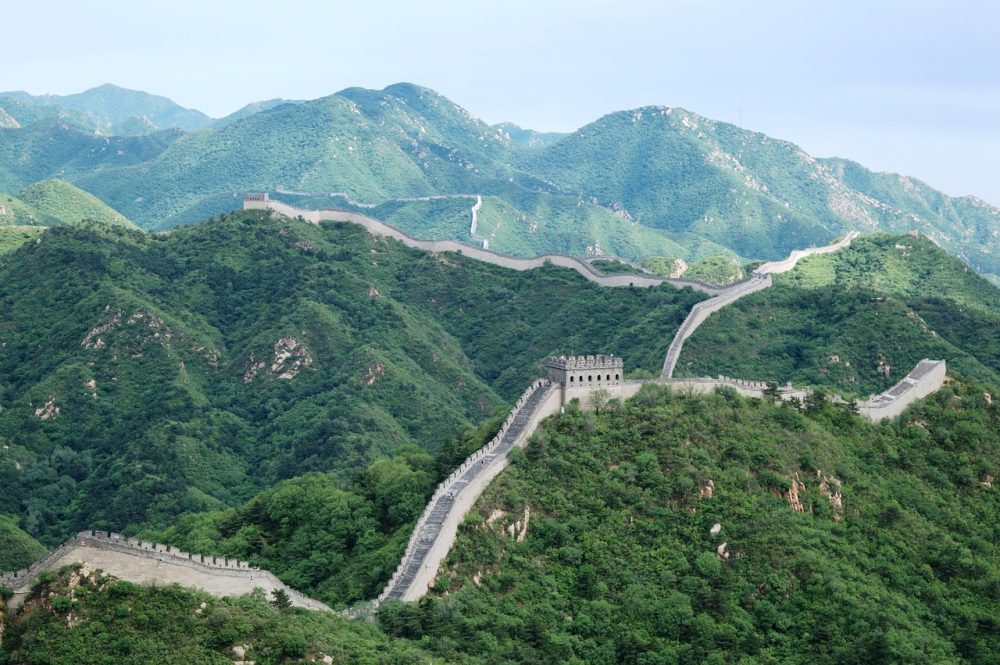The interesting history behind China’s most popular sites

China is a country that has its eyes set on the future while still having one foot firmly planted in the past. Thousands of years of unique history make for a colourful and captivating history to look back on. Step into one of these buildings and you will feel like you have stepped back in time. If you’re a history buff, or would just like to learn a little more about the country before your next visit, then take your journey through China to the next level by visiting these ancient sites.
Read more: The ultimate guide to the Great Wall of China
1. The Forbidden City
Located right in the centre of Beijing, the Forbidden City was the home of the emperors during the Ming and Qing dynasties between the 13th and 19th centuries. 24 emperors lived in the Forbidden city during its 600-year history. Not only did the emperors live behind the imposing walls, but so too did his family, soldiers and eunuchs, castrated male servants who were at his beck and call. It is one of only three ancient palaces that still stand in China and it remains the most popular tourist attraction in the country, even trumping the likes of the Great Wall.
2. The three Confucius sites
The great Chinese philosopher has certainly his mark on Chinese culture, but his words and way of living are famous the world over. The temple, cemetery and family home of Confucius can be found in the Shandong Province and were built to commemorate the man who was also a politician and educator in the country. The first of the three buildings were built in 478BC, and the others were erected following his death. Sacrifices were often made here during the Qing Dynasty, while the Dacheng Hall is one of the largest ancient halls in all of China.
3. The Great Wall of China

One of the most iconic ancient sites in China, if not the world, is the Great Wall, which can be traced back as early as the third century BC. It’s thought that as many as 400,000 people died during the construction of the wall, who were made up of mostly soldiers and prisoners. The entire wall traverses more than 21,000kms through the Chinese countryside from Jiayuguan Pass through to the Hushan Mountains. During what is known as The Warring States Period (476-221 BCE) the northern parts of the wall were built to form a fortification against Mongol infiltration.
4. The Temple of Heaven
It wasn’t until 1988 that the Temple of Heaven was finally opened to the public. Before that, the temple was reserved for sacred ceremonies held by the emperors of the Ming and Qing Dynasties. The grounds include more than 2.7 million square metres of land, making the Temple of Heaven larger than the country’s Forbidden City. The building, which is set in the gardens surrounded by pine forest, is said to symbolise the interconnectedness between heaven and earth. Inside, there are 28 columns, which are said to represent a combination of seasons, months and hours, while the Hall of Prayer for Good Harvest was without using a single nail.
5. Tiger Hill Pagoda
Also known as the Leaning Tower of China, the Huqiu Tower is a Chinese pagoda found on Tiger Hill in the east of the country. Thanks to erosion and other forces of nature, the pagoda has begun to lean towards one side. The first incarnation of the building was erected in 959 and then rebuilt in 1871. It’s seven-stories high and the octagonal tower now leans more than three degrees to the northwest. The name Tiger Hill was given to the area after King He Lu died while protecting his state during a war. Days after being buried by his son in the area a white tiger was seen sitting on his grave to guard it.
6. The Terracotta Army

When China’s first emperor was set off into the afterlife, he was accompanied by thousands of life-sized terracotta guards to keep him safe. Emperor Qin requested that he had as much muscle power behind him in death as he did during his life and so more than 700,000 artisans were contracted to build the Terracotta Army and the tomb that they were laid to rest in. They were left uncovered for more than 2,000 years before they were discovered in 1974 and is still considered one of the greatest archaeological discoveries in the world.








 Proudly Australian owned and operated
Proudly Australian owned and operated